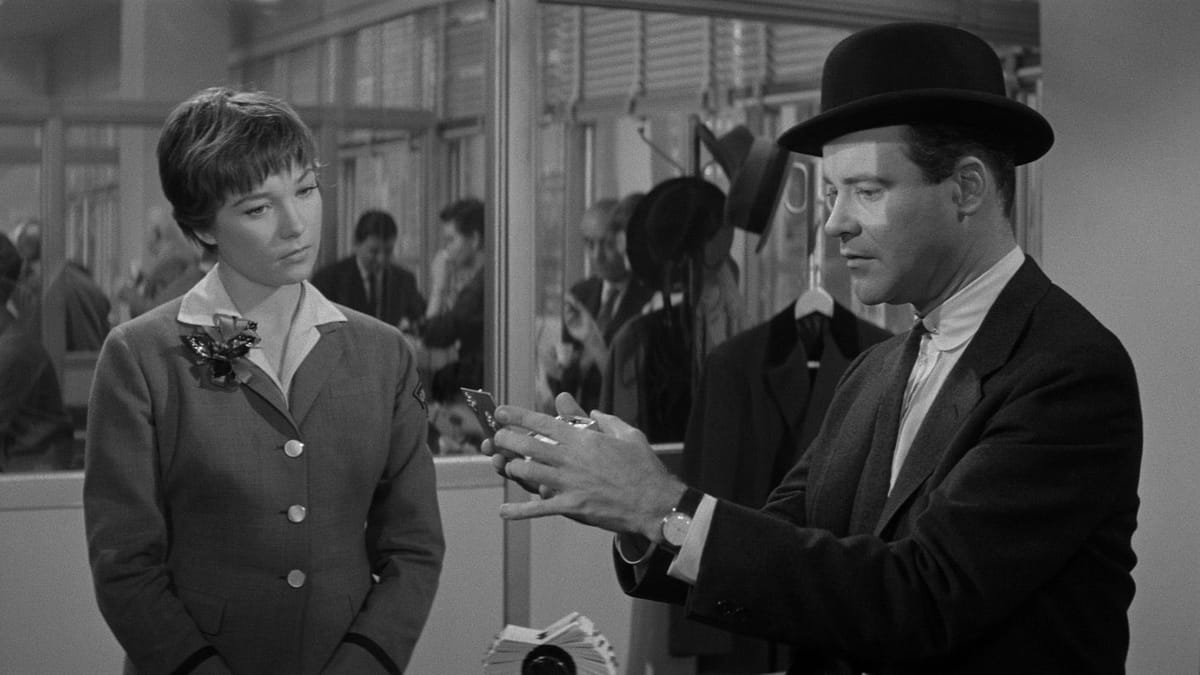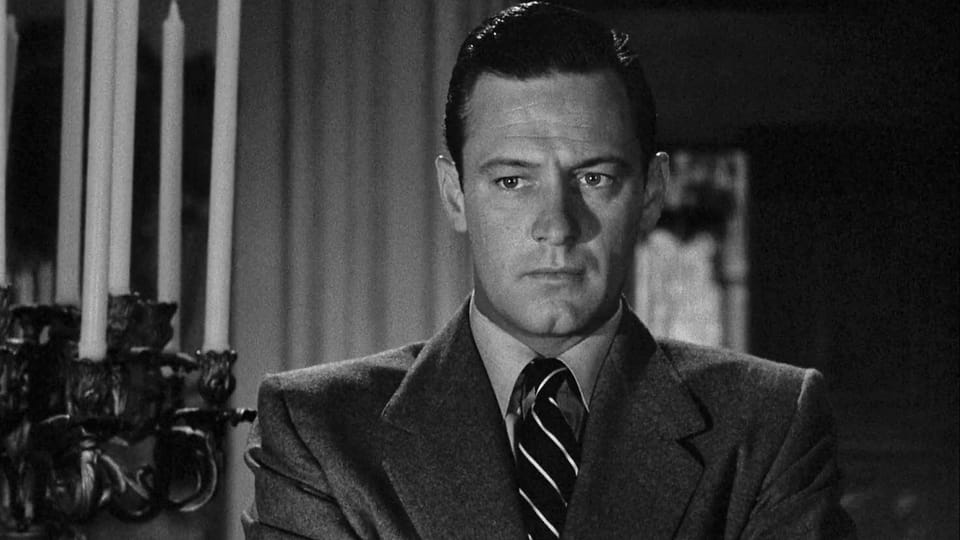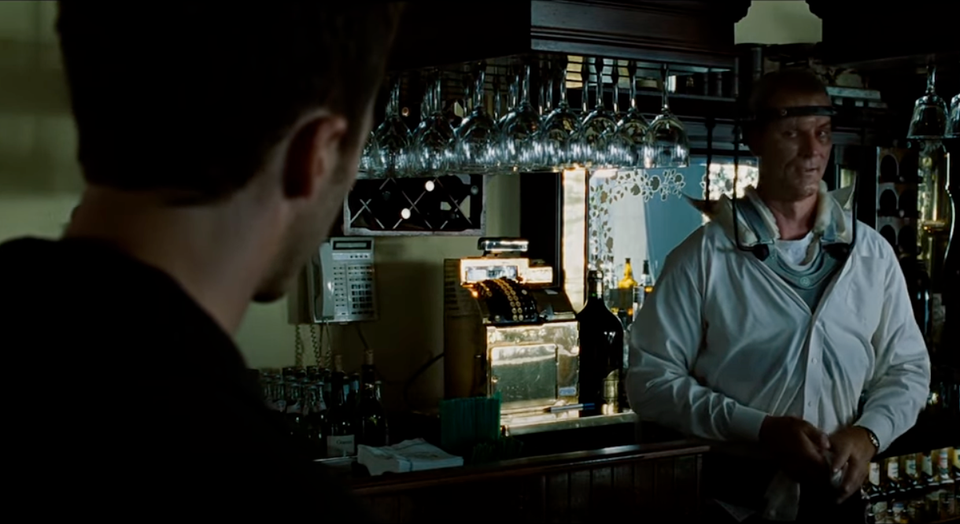For screenwriting, it's show, then tell.
Perhaps the most repeated bit of screenwriting advice is "show, don't tell." But maybe that's not the whole story.

The Story and Plot Weekly Email is published every Tuesday morning. Don't miss another one.
Perhaps the most repeated bit of screenwriting advice is "show, don't tell."
Which is, of course, good advice.
Film is a visual medium. The more the audience sees action and feels like they're drawing their own conclusions, both emotionally and intellectually, the better.
But there is a catch to all this.
That's the final product.
That's what we see on the screen.
And as much as we want the reader to see the final product in their mind, text on the page and an image on the screen are two different mediums.
And that difference must be accounted for.
I have found the best way to do so is to modify the advice. When it comes to words on the actual page, the better advice is...
Show THEN tell.
Don't leave the reader hanging.
There are two common ways writers misapply "show don't tell."
The first comes mostly from newer writers:
They try to describe what emotion looks like.
These writers take the advice of "show don't tell" and "only write what we can see" way too literally.
You will read lines like, "Her brow crinkles and her lips tighten," as they try to tell us the character is angry.
The way out of this is easy. Whenever I see this, I ask the writer, "What do you mean by that?"
And the answer is almost always what they should have written in the first place.
"She's pissed!"
"Then write that."
"But I thought —"
"Nope. Just write that."
The trick is to give us an image first.
You can draw the reader's conclusion for them if you give them an image with which to draw that conclusion with.
Plant a single image so we can SEE something. It doesn't have to be specific. It just can't contradict the emotion.
That's it. The reader sees an image of Janet. She goes silent. And our minds do the rest. We know we're looking at someone pissed off and that's what we see.
Show. Then tell.
It can work for just about anything you want the reader to see. Janet paces. Janet closes her eyes. Janet looks away — pissed.
Just give us the image "Janet goes silent." Then the conclusion we draw from it "— pissed."
It works for objects, too.
How do we feel about the thing we see? Is the house old and beautiful? Or is it old, and crappy?
Are we comforted by it? Or does it freak us out?
Now, objects don't shift and contort based on emotion like people do, so you will usually need to go into a little more detail, but the principle is the same.
"The wood rotten, the grass unkempt. The place is falling apart."
The key is always clarity of intent.
Never let the reader pause and ask, "What does that mean?"
Never put the reader in a position where they have to go back and reread something because they don't think they fully understood what they just read.
Always keep the reader's eyes pushing ahead. You want them to see a movie in their mind. Keep the projector going.
Another misapplication is to —
Assume the reader understands the impact.
This is understandable. The writer has created a great moment. A set-up is paid off, a discovery is made, or perhaps simply a realization.
They know the director will do their thing and the audience in the theatre will get it.
The problem is that there is no director yet.
Until there is one, the writers must step up and do it themselves. And the audience isn't in the theatre; they're reading a screenplay.
You cannot assume the reader fully understands the intellectual and emotional impact of what you give them.
To be fair, this was the style of the first sixty years of screenwriting. The great Billy Wilder would write this way.
My favorite example of Wilder's (via Lubitsch) advice of "Let the audience add 2+2" is the cracked mirror scene in THE APARTMENT.
This is when Miss Kubelik hands C.C. Baxter her mirror, and he realizes this is the exact mirror that was in his apartment which belongs to his boss's mistress.
The audience realizes that Baxter now knows what we know: The woman he has a crush on and his boss's mistress are the same person.
This is pretty clear, right? An attentive reader isn't going to miss this. This is why it's referred to as adding 2+2 and not, "Let them do their own math."
It's the illusion of discovery.
The illusion is that you are drawing your own conclusion. But you're not. No more than you are doing math when you add 2+2. It's pre-done. We know the answer without having to count.
You feel like you're doing math, but you aren't.
And yet.
In today's writing, this is subtle!
People are reading your screenplay quickly. Some even skim! They have five other screenplays to read that day, and they want to get this one done.
They read this. Something about a mirror or something. And they keep going.
Later, they're reading a scene, and they ask, "Why is Baxter being so rude to Ms. Kubelik?"
Do they blame themselves for this screw up? No. They blame you.
Spoon feed them the conclusion.
Don't take any chances in the action lines. If you really want the reader to see something and absorb it, give it its own paragraph.
Now, in case you think I just rewrote Billy Wilder! Keep in mind, Wilder wrote for the screen, not the reader.
He wouldn't let anyone read his scripts that didn't have to. "They are to be watched, not read!"
And that just isn't true for us. We have hundreds who have to read our screenplays before they're ever produced, let alone seen.
Your job is to write for the reader. Until you don't have to. And that doesn't mean because your career has gotten so big.
It means you are in production. And now your audience is the crew.
Once again. Show. Then tell.
You are not cheating here. You are giving the reader the exact imagery and thought process they would have in the movie theatre.
So when in doubt...
Remember your mandate.
The goal for your screenplay is:
To evoke the emotional experience of watching the movie on screen.
Do not think of the action lines as you simply describing what happens on screen.
Break free from this trap. You can accomplish so much more than that.
You need to make it an emotional experience.
So instead, think of the action lines as —
You sharing the experience of watching the movie for the first time with someone who can't see or hear it themselves.
You would not be coy with this person, subtlety asking, "Do you get it? Huh? Do you get it?"
You would SHARE the shock, surprise, heartbreak, and laughter with them.
You want them to get it. You want them to feel it just like you do.
"Oh, no. That's the same mirror from his apartment!"
You capture the heartbreak we feel in that line.
(I once had a producer tell me I curse more in my screenwriting than anyone else he knew. I don't think that's generally true, but I cursed a lot in that one script!)
One last bit of advice.
Readers have an easier time visualizing the dialogue. Which is funny, because those are words and action lines are, by definition, action.
But imagining a character saying something is easy. The reader sees the face saying these lines.
Not a lot of friction there. So reading dialogue is inviting. Your eyes move down the page fast. You feel like you're making progress.
People don't mind reading dialogue.
So, when it comes to dialogue, trust the reader. Be adventurous and aggressive. Take chances and have fun.
But when it comes to action lines, trust no one.
Take nothing for granted, especially their level of attention.
Make it as distracted reader-proof as you possibly can.
The Story and Plot Weekly Email is published every Tuesday morning. Don't miss another one.
When you're ready, these are ways I can help you:
WORK WITH ME 1:1
1-on-1 Coaching | Screenplay Consultation
TAKE A COURSE
Mastering Structure | Idea To Outline




